40 Food Facts We Probably Won’t Find In History Books
In history class, we learned about ancient civilizations, influential cultures, and pivotal events that shaped the world as we know it today. One topic that holds just as much value in our daily lives yet is overlooked in history books is food. You might have learned about the spice trade and probably picked up a few “fun facts” about your favorite food, but how much do you really know about the products you see at the grocery store?
While there are plenty of false facts and myths surrounding food, some of the verified information sounds just as absurd as any tale. Without further ado, let’s dive into some facts about food that you probably won’t see in your history book!
Warning: this listicle might make you hungry.
Ancient waffles
What’s better than waking up on a lazy Saturday morning and enjoying a crispy waffle drenched in maple syrup? To have the perfect weekend breakfast, you need some batter and a waffle iron, which can easily be bought at the store.
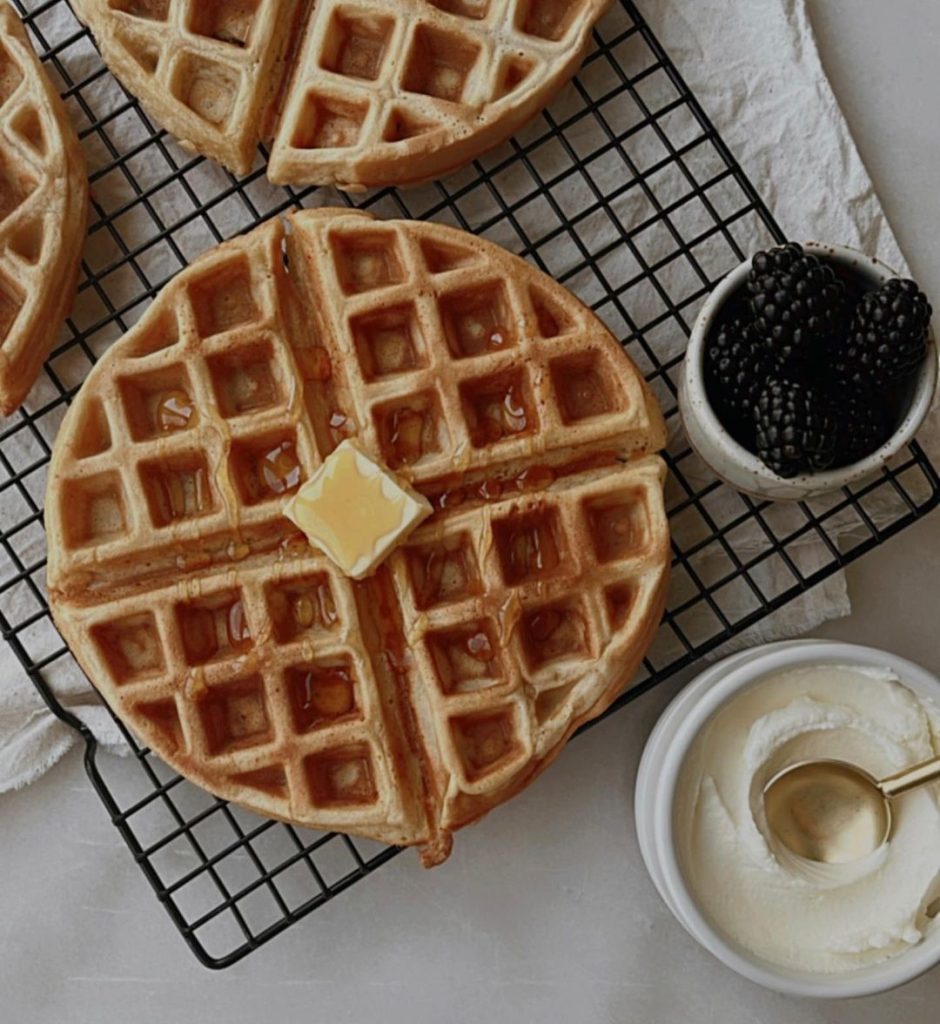
Here’s the truth about waffles, though. The Greeks sort of had a waffle maker back in the day. They were just like the modern waffle makers, but the only difference was that they were heated with fire. We wonder if their batter was different, too.
Pseudo-bananas
In World War II, there were a lot of food shortages. Bananas, for example, were banned from being imported in 1940, which led to a banana shortage that greatly impacted the British. This led to a banana-sized hole in Brits’ palates.

So they came up with quite a cunning solution to curb the growing anxiety about the missing berry—yes, botanically, it’s a berry. Since they were so dearly missed, people started to add banana essence to parsnips so that they didn’t feel the void of its absence!
Chocolate explosion
Wars are depicted as soldiers on battlefields, but there’s more to it than that. Espionage and assassination plots are common, but the methods used are unique and sometimes too bizarre to be believed. In World War II, the Germans tried to take out Churchill with a chocolate bar.
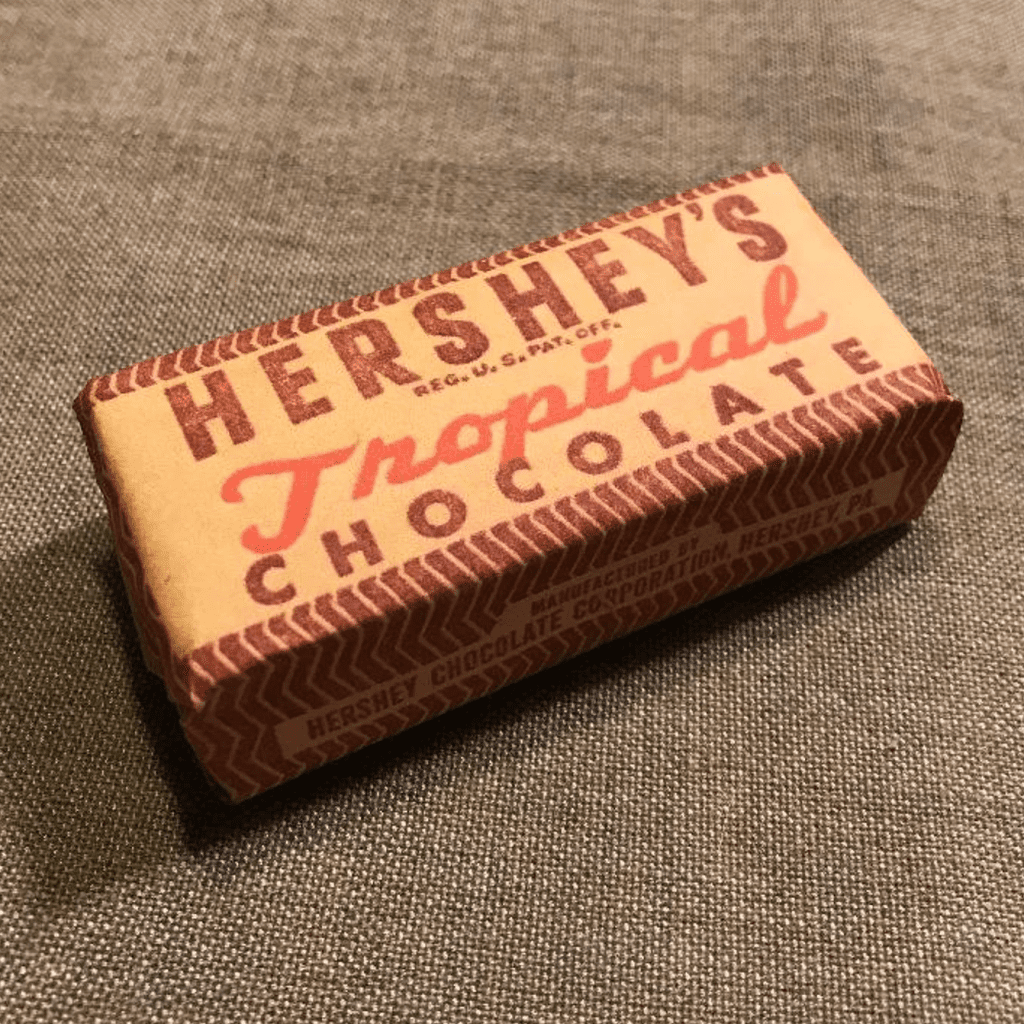
They had planned to implant an explosive device in a chocolate bar and deliver it to Churchill while he was in his dining room. The bar was planned to explode right after it was unwrapped, but to his luck, MI5 agents nipped the plan in the bud, saving the day.
Similar origins
After an amazing dinner at a restaurant, we ask for the check. And then, after the payment has been made, we ask for the receipt. Though this is common vernacular today, the word “receipt” used to have a different meaning.
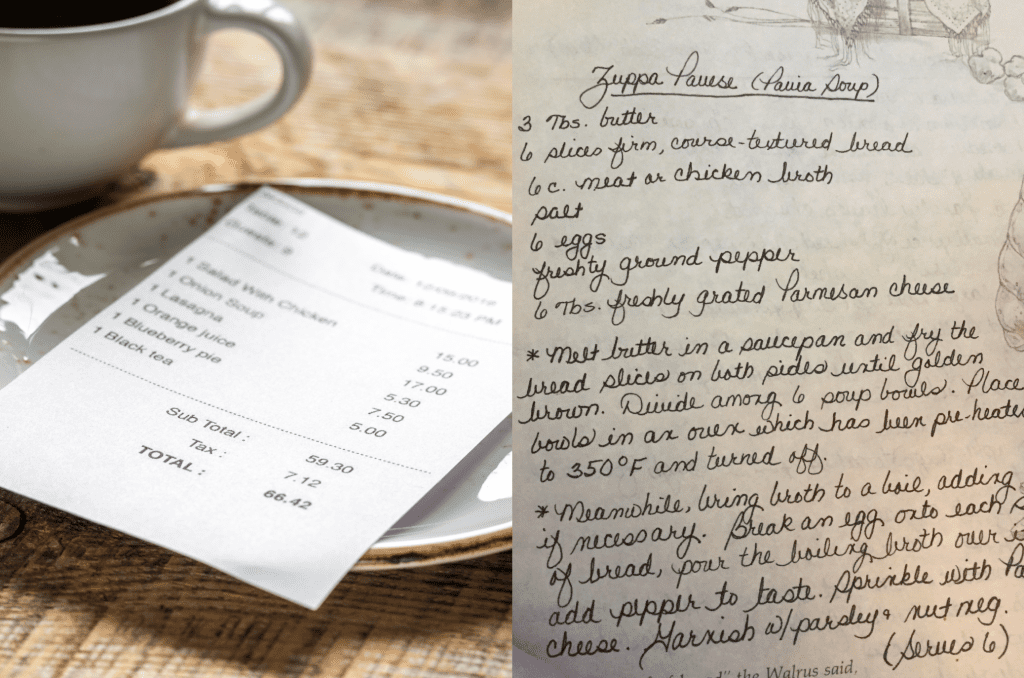
Although they’re spelled differently in modern English, both receipt and recipe originate from the same Latin word—recipere. The word means “to receive” or “to take,” which makes sense in terms of receipt. As for “recipe,” it was associated with medical prescriptions before it became a food-related term.
Older than you think
Childhood feels incomplete without the occasional bowl of mac and cheese. And adults love it, too! A wholesome serving of cheesy goodness is just what you need to have a wonderful day. There are so many twists to the classic food, and everyone has their favorite version.
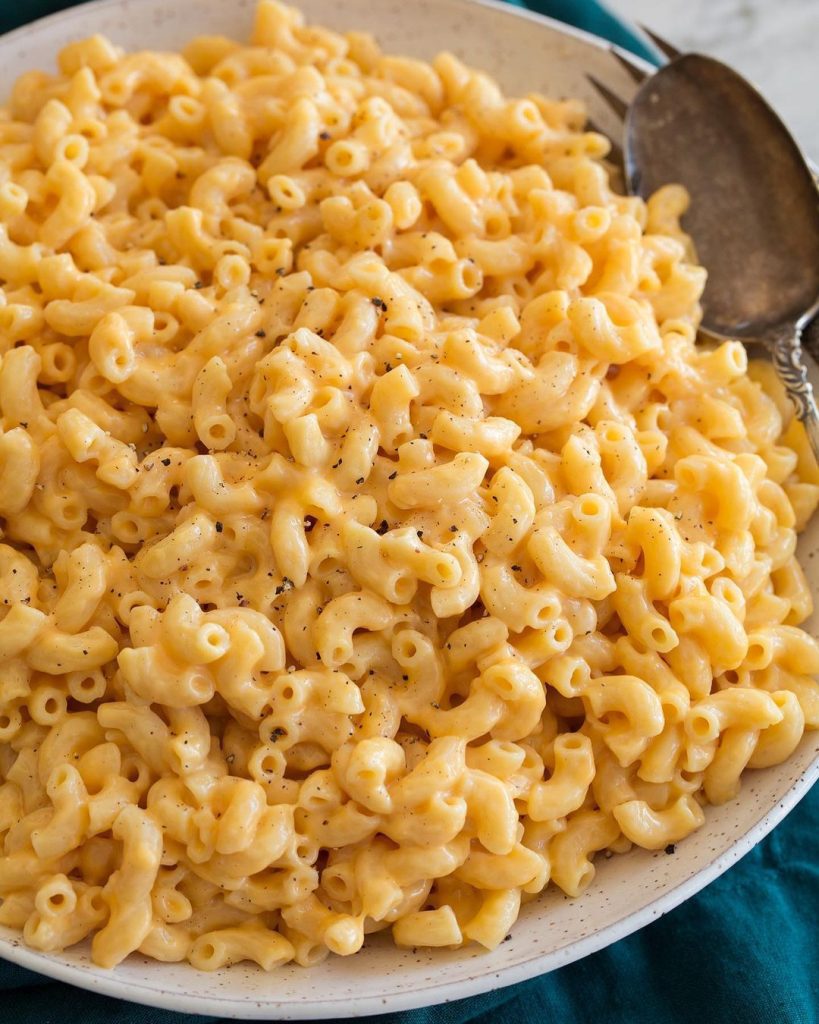
At its core, mac and cheese is a straightforward dish—pasta and cheese! So, it was quite similar to a dish that was written in a 14th-century Italian cookbook. And though it wasn’t exactly the same, the resemblance can’t be overlooked.
Popped corn kernels
When you watch a movie, especially at a movie theater, it is a must to have a big bucket of popcorn in order to fully enjoy the experience. Though the two are so intertwined, popcorn predates movies by a long shot.
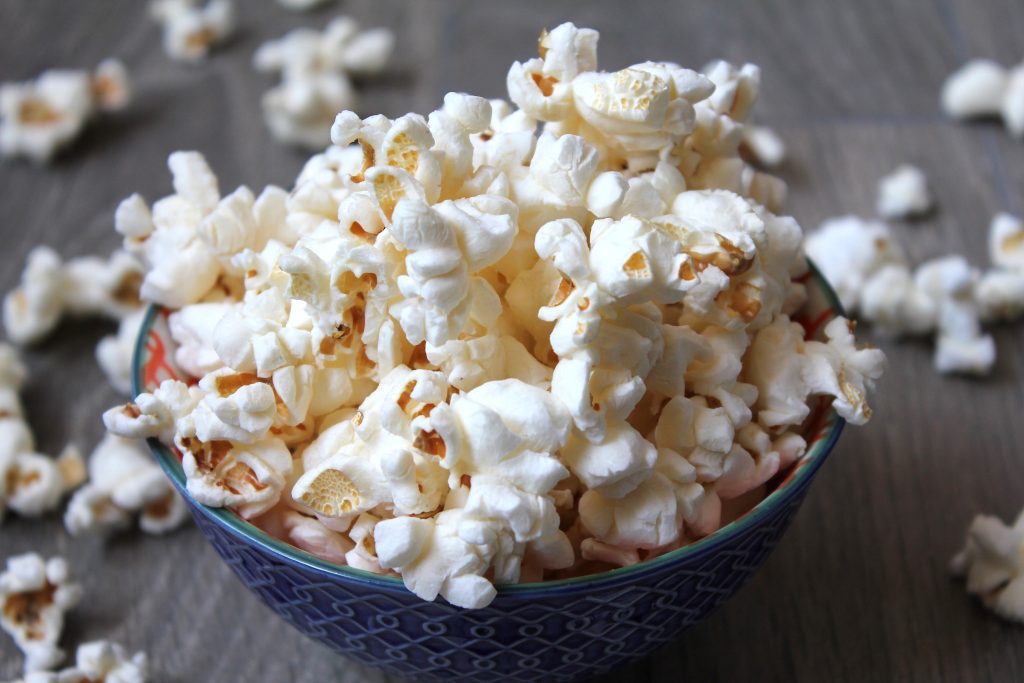
Many archaeologists have found kernels of popped corn in and around the ruins of archaeological sites in Peru. According to their research, some of these sites were more than 6,000 years old. So, it’s possible that the native South Americans were snacking on some popcorn.
On the moon
Apart from those who don’t eat pork (sorry vegan/kosher/halal), everybody enjoys the goodness of crispy bacon. Not only is it a breakfast staple, but it’s something that could go along with any food item, from burgers to sandwiches or even pizza!
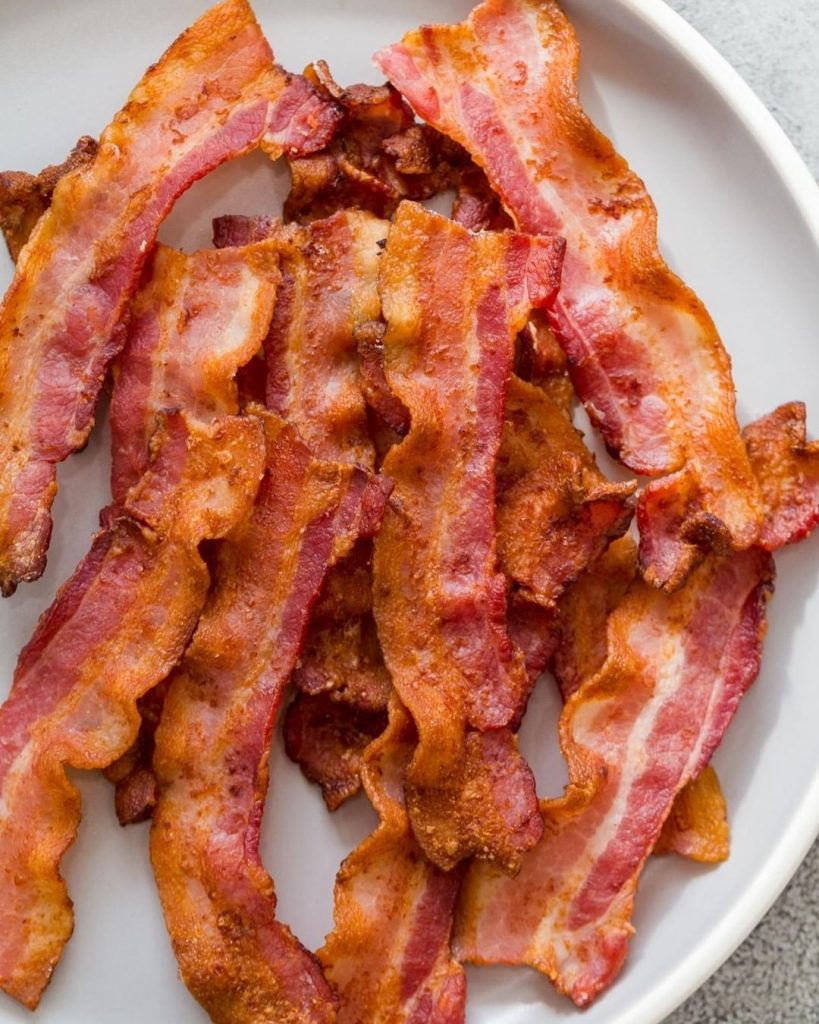
Fun fact—bacon was the first meal that was eaten on the moon. Aldrin and the entire Apollo 11 crew enjoyed some bacon squares while they were on the moon. Bacon is a special dish, so the fact about it needs to be equally special.
Mahogany cake
Without a doubt, chocolate cake is among the most popular and delicious desserts, though we’ve only had it since the 1800s. But, if you go back to America in the 1800s and ask for chocolate cake, you’ll only be met with blank stares.

Back then, mahogany cakes were the big thing. The main difference between the two is the name. Mahogany cakes, unsurprisingly, got their name because of the color. And they didn’t just come about randomly. Mahogany cakes “evolved” from velvet cakes.
Too much lobster
Lobster is a delicacy in almost all parts of the world. It has a very special status in the food world, though it’s eaten mainly on special occasions. Before lobsters became one of the most expensive food items, they lived tough lives in the USA.
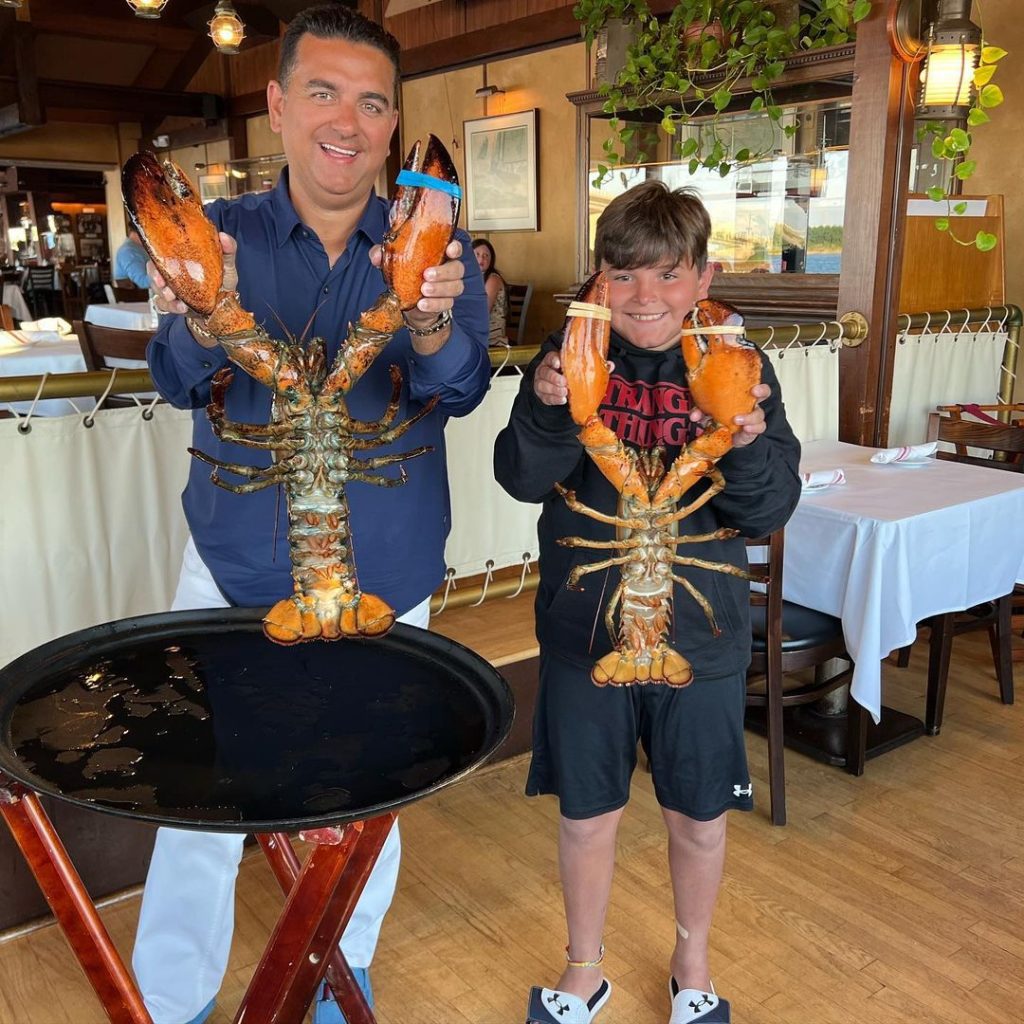
Once upon a time, the USA had too many lobsters, they practically littered the beaches in some states. With so many lobsters, something had to be done. They made for an extremely delicious meal, bait, and also as a fertilizer for crops.
Cornflakes’ true story
Not every child likes the good old cornflakes because there are just too many tasty cereal options to even consider that. Adults, on the other hand, eat them as it’s supposed to be a healthy breakfast option. But any health benefits are merely happenstance.
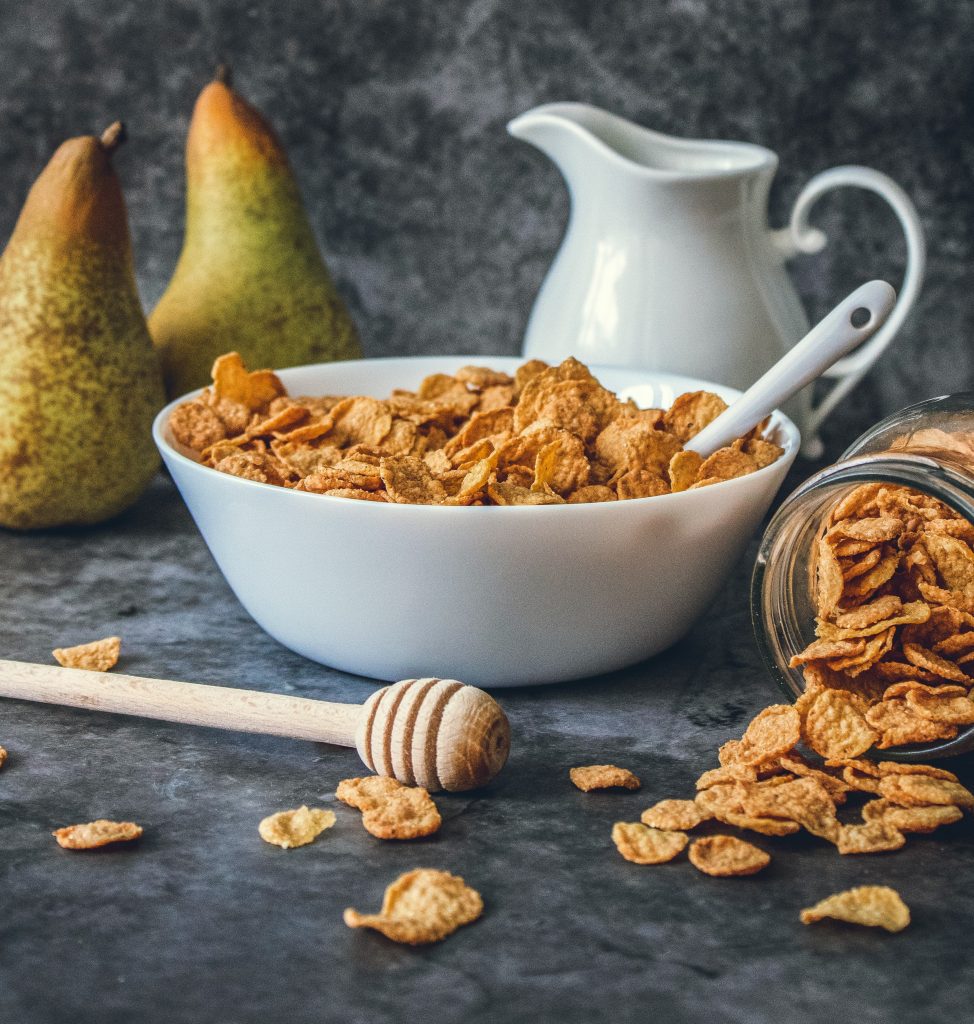
Mr. Kellogg, the inventor of the historic cereal, believed that enjoying any sort of experience would negatively impact your health. That explains why cornflakes are so bland! Well, he was right, but that’s a little harsh. With that philosophy, you can’t enjoy anything!
Publicity stunt
Potatoes are one vegetable that’s a staple food all over the world and is key in some cuisines. In the past, there have been attempts to make the tasty vegetable appear even more valuable than it already was. Once, a pharmacist in France stationed guards around his potato field!
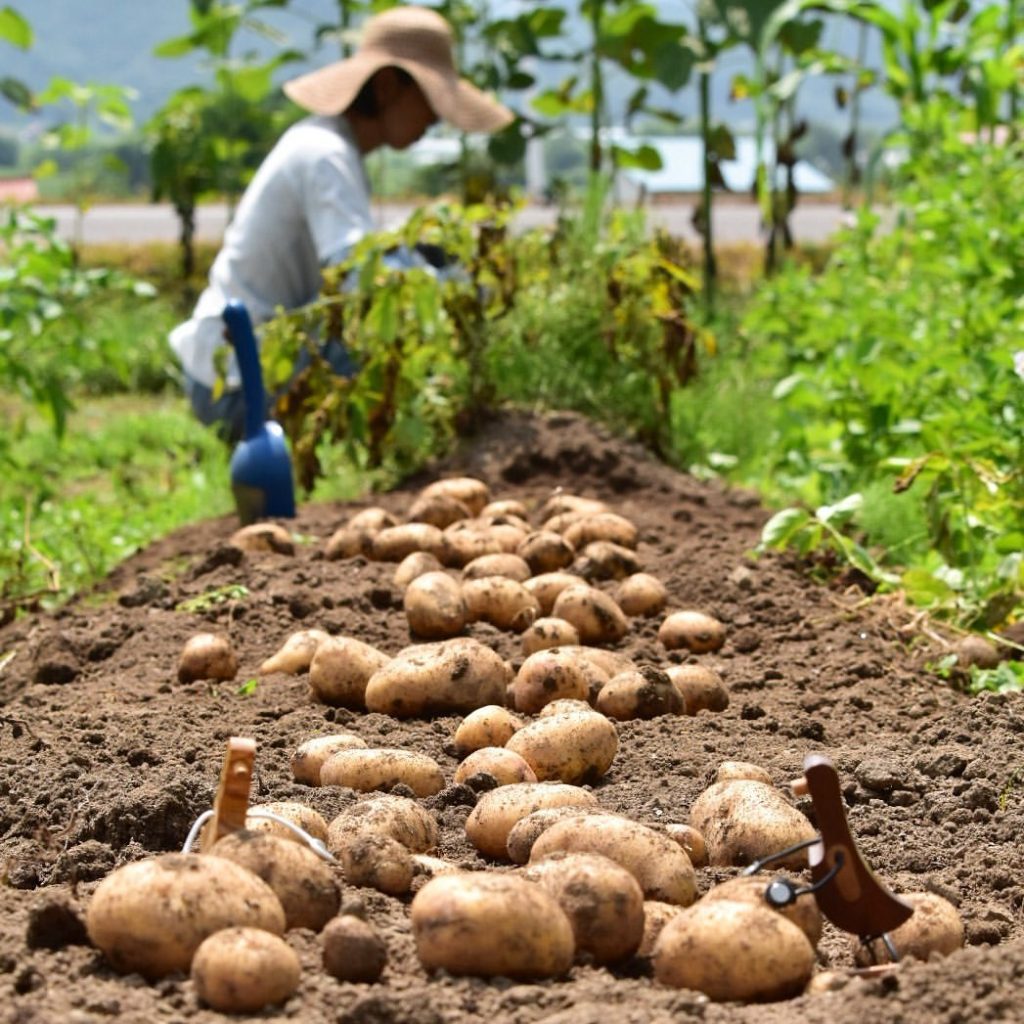
But he wasn’t really guarding his prized potatoes, because, at night, he’d remove the guards so people could steal the potatoes. He played the whole “guard” situation perfectly to make it look as if they were protecting something highly valuable. What did he achieve, though?
Adopting food
When we hear about certain dishes or think about certain cuisines, we automatically think of certain food combinations. For instance, when you think of Italian food, we’re sure you’d also think of tomatoes. Similarly, you’d pair up potatoes with Irish cuisine.
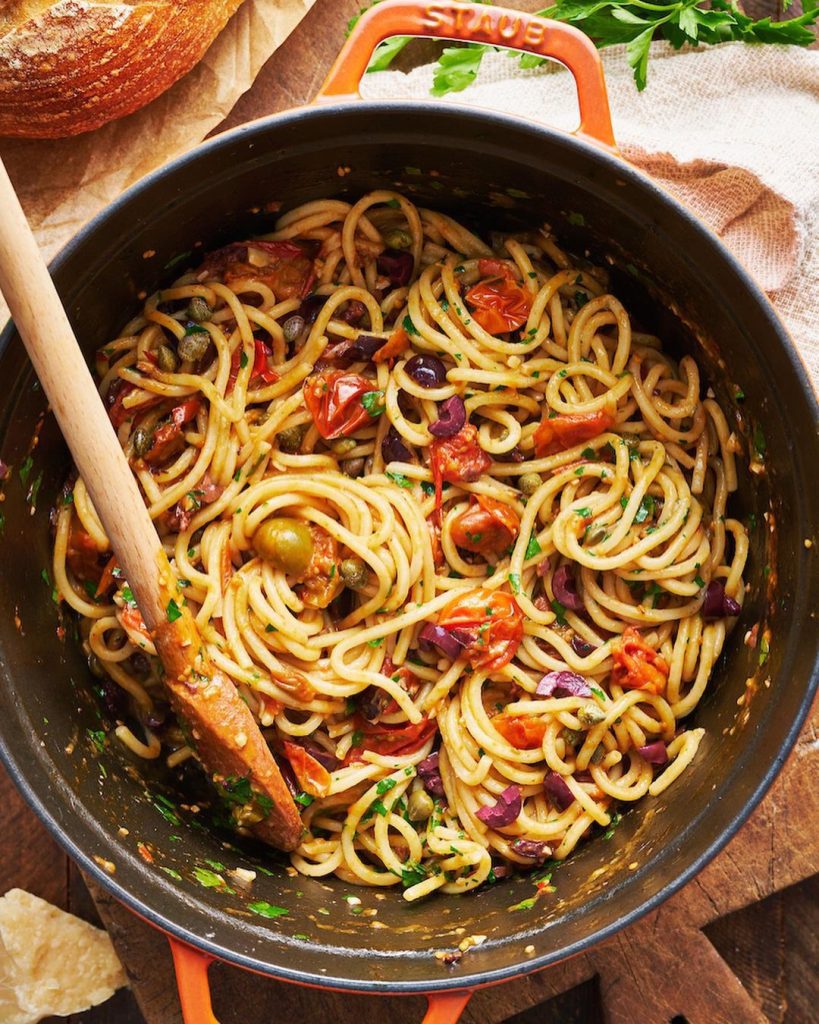
If we continue, then we’d pair chilies with Asian food. In reality, none of these food items originate from the culture they’re associated with. They reached those countries through trade, not farming. People just adopted what foods suited them (and their dishes).
A good mistake
Ciabatta is an instant delight—there’s nothing that matches the feeling of biting into that thick and delicious crust. That’s the reason why it’s so famous. Well, that and its versatility, because you can make anything from a sandwich to a bruschetta with it.
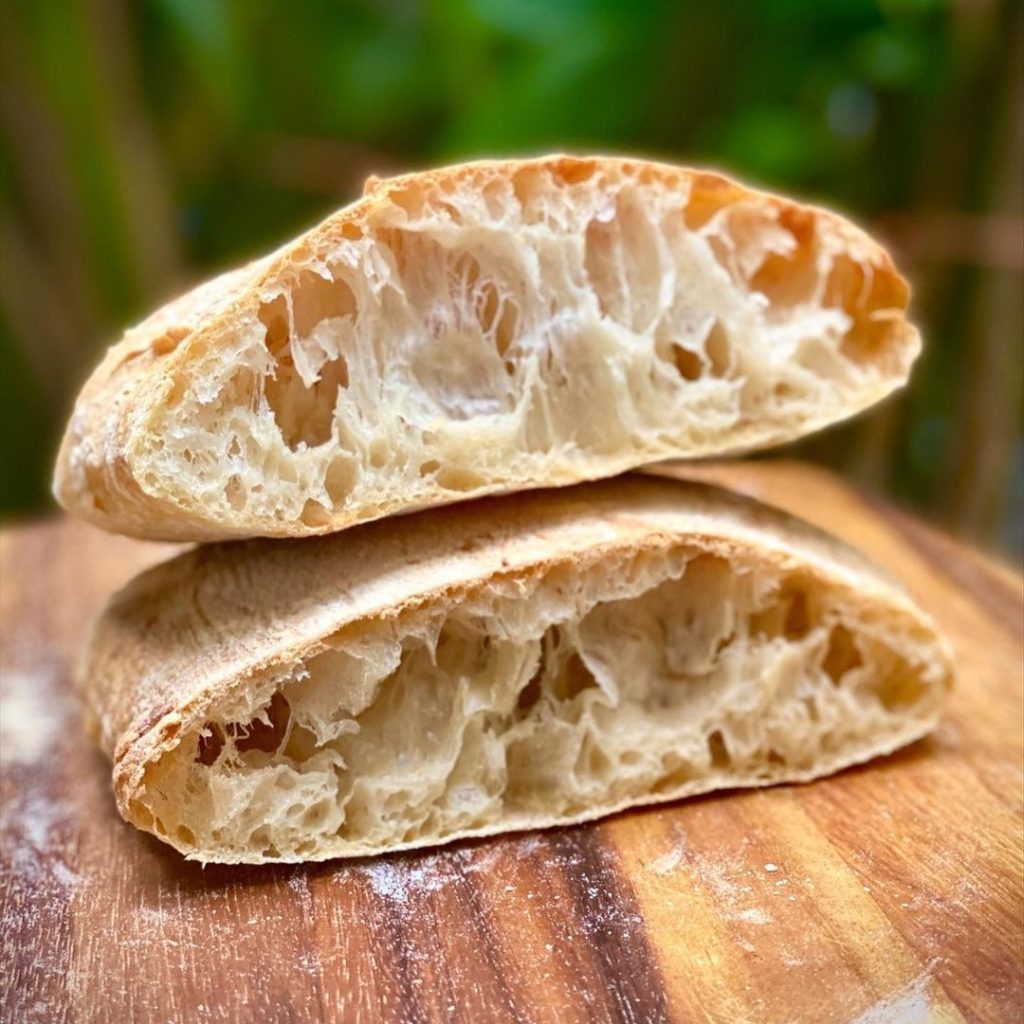
Although many of us think of ciabatta as a classic Italian bread, that’s not entirely true. It originated in the 1980s when an Italian baker created it in an attempt to make an alternative to the French baguette. We’re glad that happened.
Leading genetics
Chicken is relatively inexpensive when compared to other meats, but it used to be the other way around. Chicken wasn’t so popular until the Second World War. Beef and pork were the norm back then, and chicken was a luxury food.
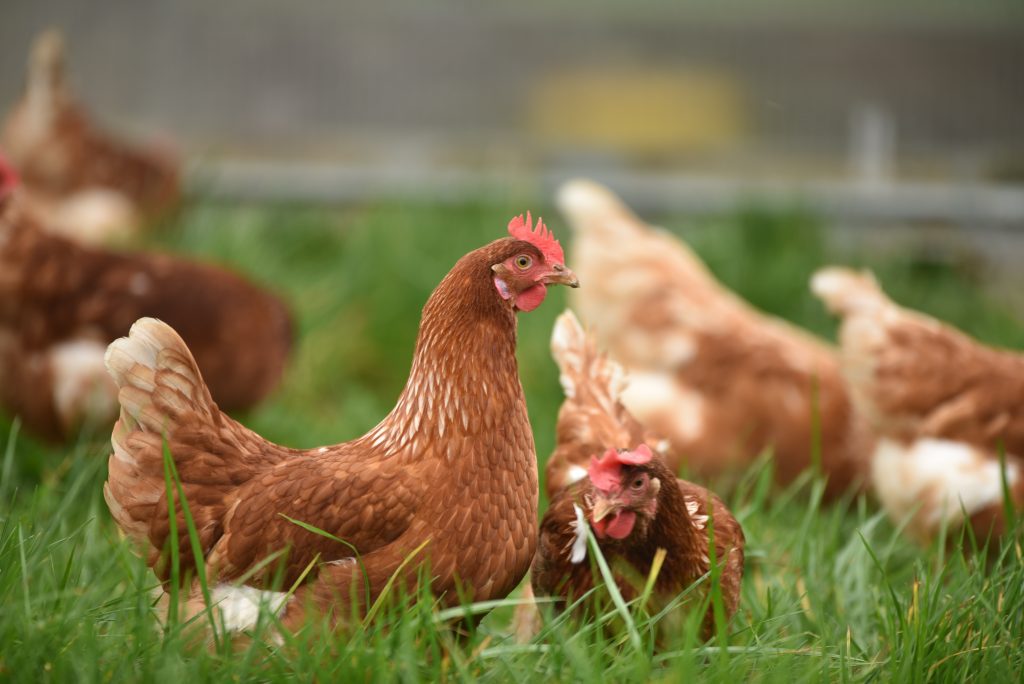
In the ’40s, there was a special contest called the “Chicken of Tomorrow.” The winning bird of that competition became the blueprint of the chickens in the USA. The competition was launched to find a farmer who could breed and develop chicken genetics to meet the customer’s needs.
Currency
We must say that certain food items have come a long way over the years. Nowadays, black pepper is a staple in every kitchen, but it was once a luxury spice few could afford. The same goes for salt, actually.
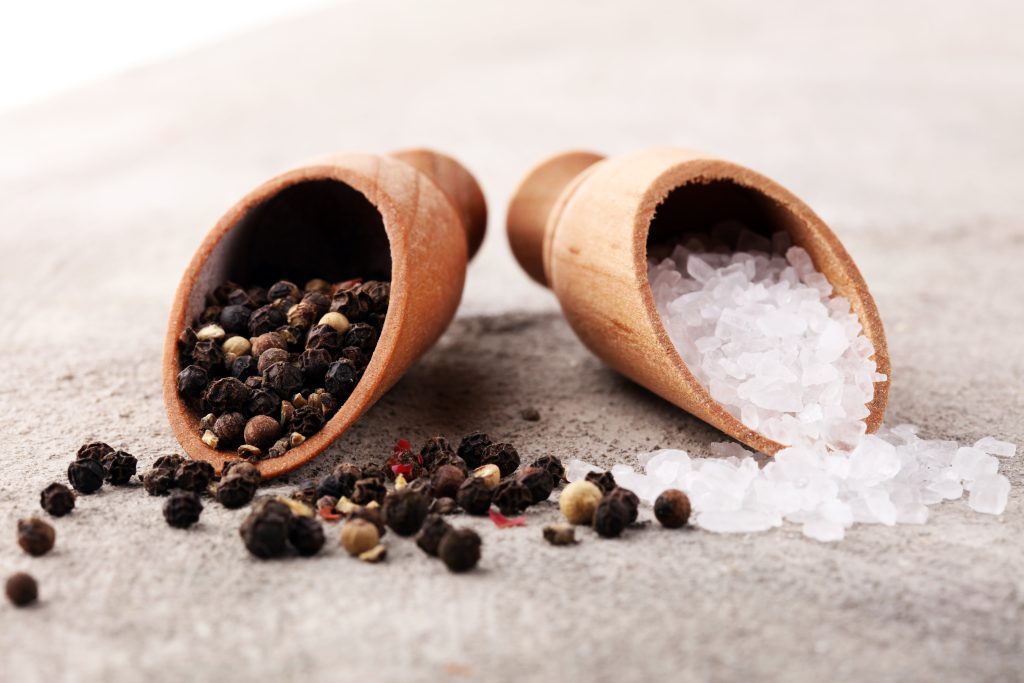
The Romans were seriously intense with their spices. At some point, they used to pay ransoms with peppercorns. As for the salt, that’s how they paid their soldiers. In fact, the word “salary” comes from the Latin word for salt (sal).
Fork, please?
These days, we can’t imagine eating our meals without a fork. It’s a modern practice in Western countries, but long ago, it wasn’t a part of the tradition. In fact, in some areas, using utensils back in the day was equivalent to insulting God.
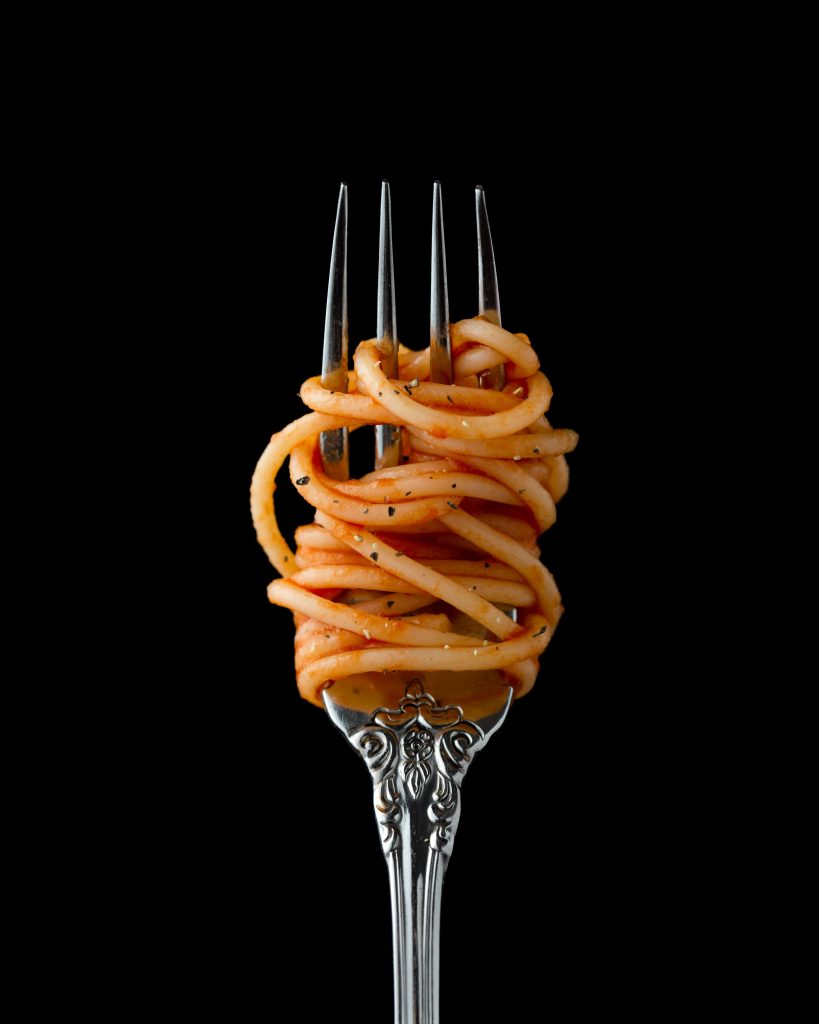
Up to the 17th century, many people thought that there was no point in using the fork, and honestly, they were right in some sense. It all depends on our choice, but we also have fingers that have been designed to pick up food!
Cocoa currency
We can’t imagine the world without cocoa beans because if they didn’t exist then neither would chocolate—the world’s tastiest treat. However, that wasn’t the only purpose of cocoa beans; the Aztecs used them in a pretty unique manner. Then again, they Romans might not have found it strange.

For the Aztecs, cocoa beans were a form of currency. One bean back then was equivalent to a “tamale.” If you wanted to purchase a turkey at that time, you’d have to give 100 of those beans. We think that’s a fair trade!
Disastrous
When the word “disaster” comes to our minds, we don’t often picture a scenario involving food. At most, we think of food shortages. However, there have been some food-initiated disasters. Among them, the great molasses flood of 1919 was something…different.

It all started with the explosion of a storage tank in Boston. After the explosion, more than 2 million gallons of molasses flooded Boston. It was all over the streets, and it caused huge amounts of damage. It crushed buildings and injured more than 150 people.
Not pasta!
Pasta is one of the most loved things to eat all over the world. There are different kinds of it, and everybody can’t seem to get enough of it. Even when we think of Italian food, pasta is probably the first thing that comes to our minds.
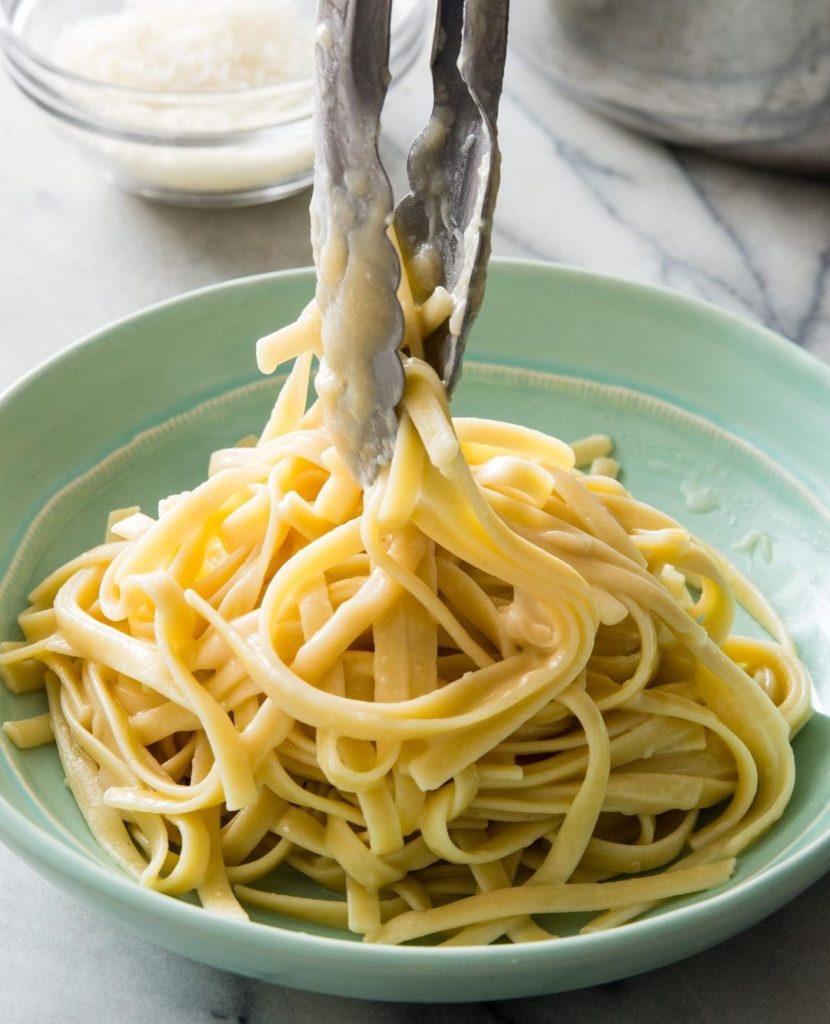
Well, we hate to break it to you, but pasta isn’t from Italy. It’s actually Chinese—Marco Polo first brought pasta to Venice from China. Another fun fact: the oldest kind of pasta dates back to 4,000 years ago, and it was made from millet.
More pepper craziness
We already mentioned how much Romans valued their spices, but let’s take a second to delve into just how much it was actually worth. In the 2nd century, one cargo ship from India to Europe containing black pepper would pay off a year’s salary of 7,000 European soldiers.
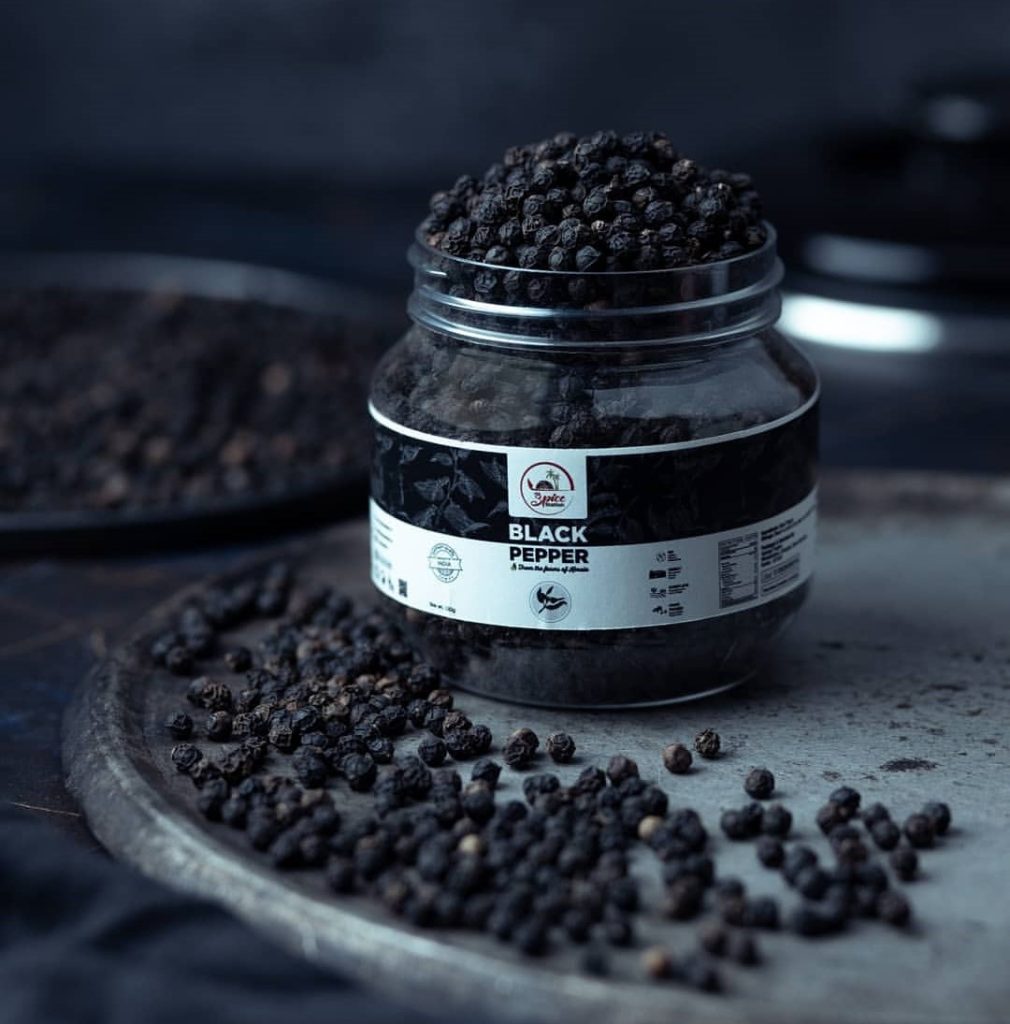
It’s estimated that, in the Middle Ages, peppercorn was worth more than silver (by weight). On a different, non-monetary note, in the olden days (2,500 BCE), pepper was also placed in the tombs of Egyptian pharaohs. Knowing this, we’ll never look at our pepper shaker the same way again.
Spicy fact
These days, spices are cheap, readily available to everybody, and a staple in all households. In a way, there are some kinds of spices in almost every dish. But, there also was a time when spices weren’t so easily affordable or accessible.
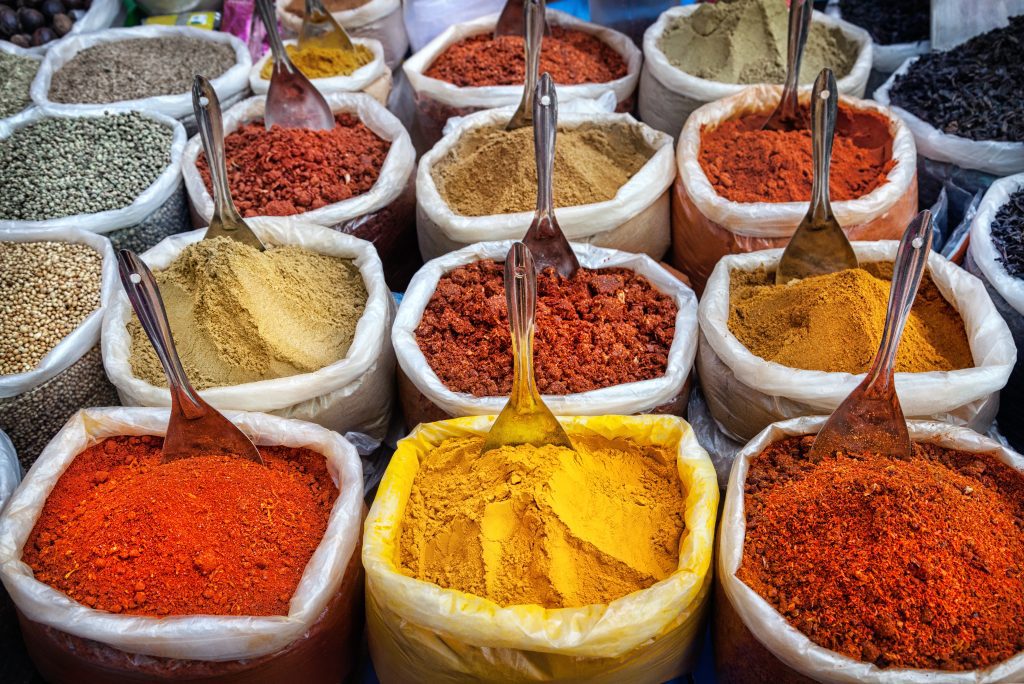
Before the 17th century, spices were very expensive. They also weren’t available in abundance. They were scarce, and only the ruling classes could afford them. But, as we advanced technologically, they became more affordable, and that was also the time when other luxury food items were introduced.
Ostracizing!
These days, we have automated systems for carrying out various complex tasks, and especially when it comes to election and voting, the processes have been simplified, but these changes are quite recent. Before this, we relied on the ballot system.
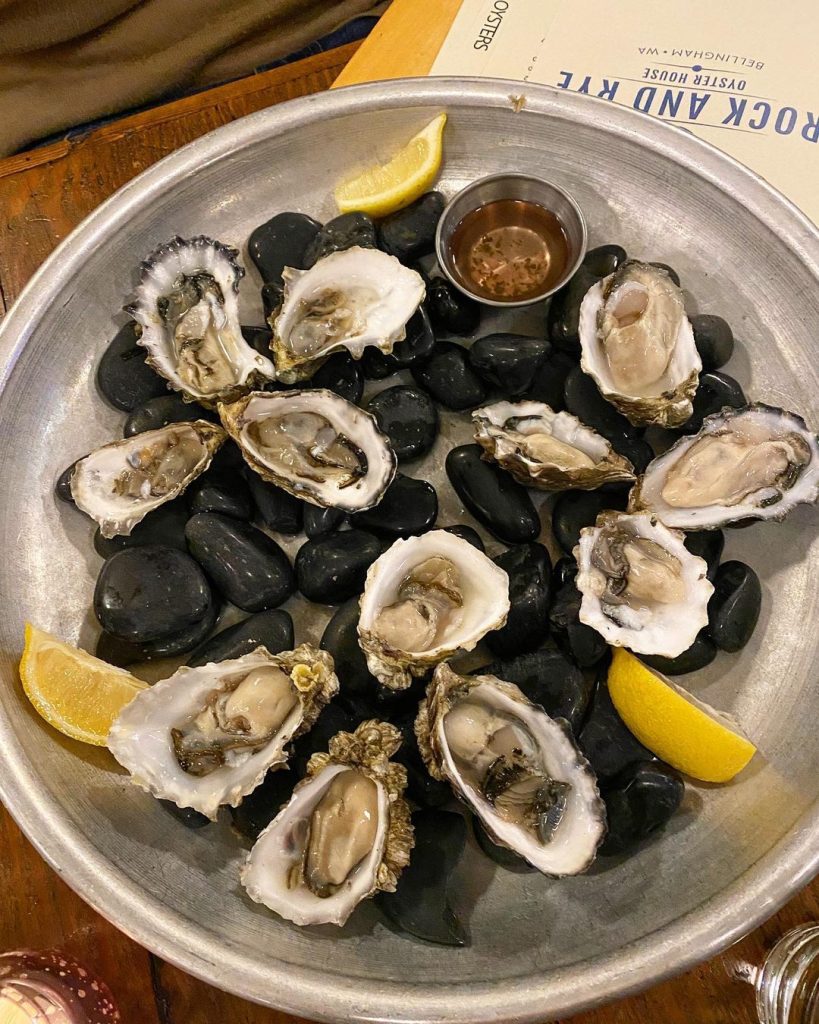
Similarly, things were even more different a few centuries ago. For instance, in ancient Greece, oyster shells were used for casting votes! Juries would write their verdicts (on whether or not to banish someone) on oyster shells, and this also led to the origin of the word “ostracize.”
Food safety
Did you know that one of the first food safety laws dates all the way back to 1516? It was in Bavaria, and the law was called Reinhetsgebot. This law was made to ensure the purity of beer, and according to it, beer could only be made using water, barley, and hops.
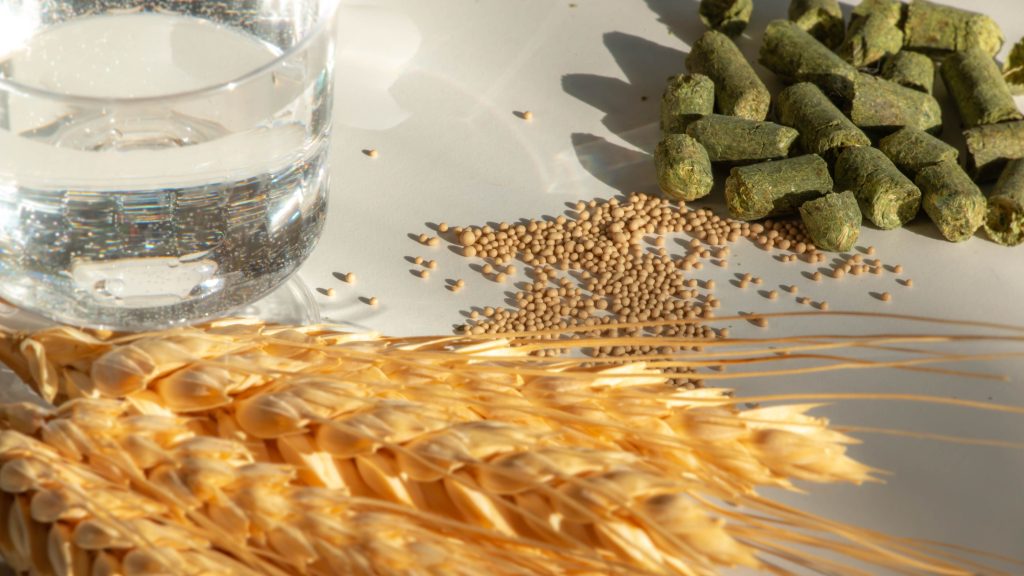
This law was made to put an end to the replacement of hops and barley with other bitter plants and wheat, respectively. Replacing hops and barley back then was a common practice, and sometimes, these bitter plants that the hops were replaced with were poisonous.
Magical inventions
When you think of people who have invented the things we can’t live without today, Tesla and Edison could be the first names that appear in your mind. But, there’s another person. Have you ever heard about William A. Mitchell?
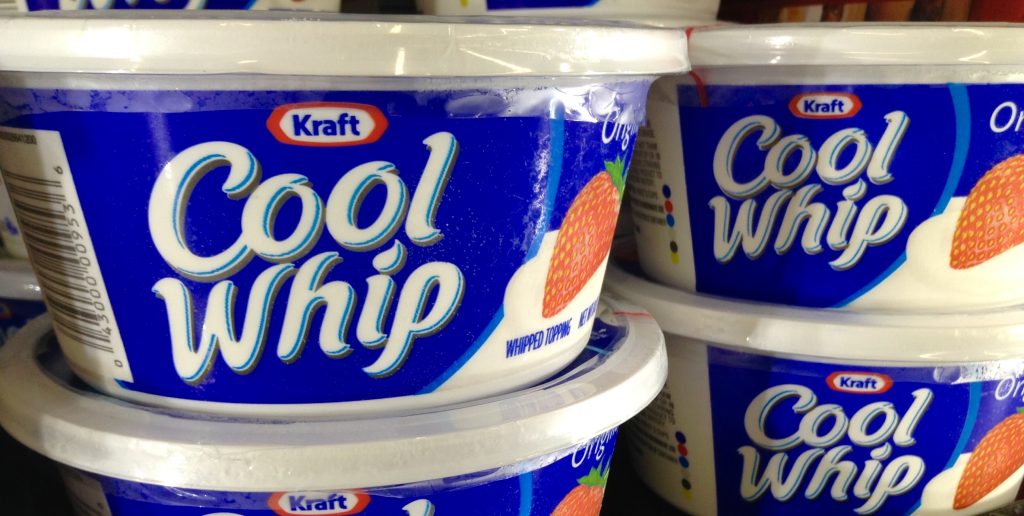
Chances are that very few of you would’ve heard about him, but he deserves a lot of credit. He’s the one who invented some of the modern-day favorite food items from Cool Whip to Pop Rocks and even Tang! We gotta thank him for all of that.
Not so tasty
Who doesn’t love Jell-O? It was one of our favorite treats when we were kids, and it still is for the kids today. But, as you grow older, you kind of lose interest, and suddenly, it’s not the best thing anymore. However, that wasn’t the case in the ’50s.
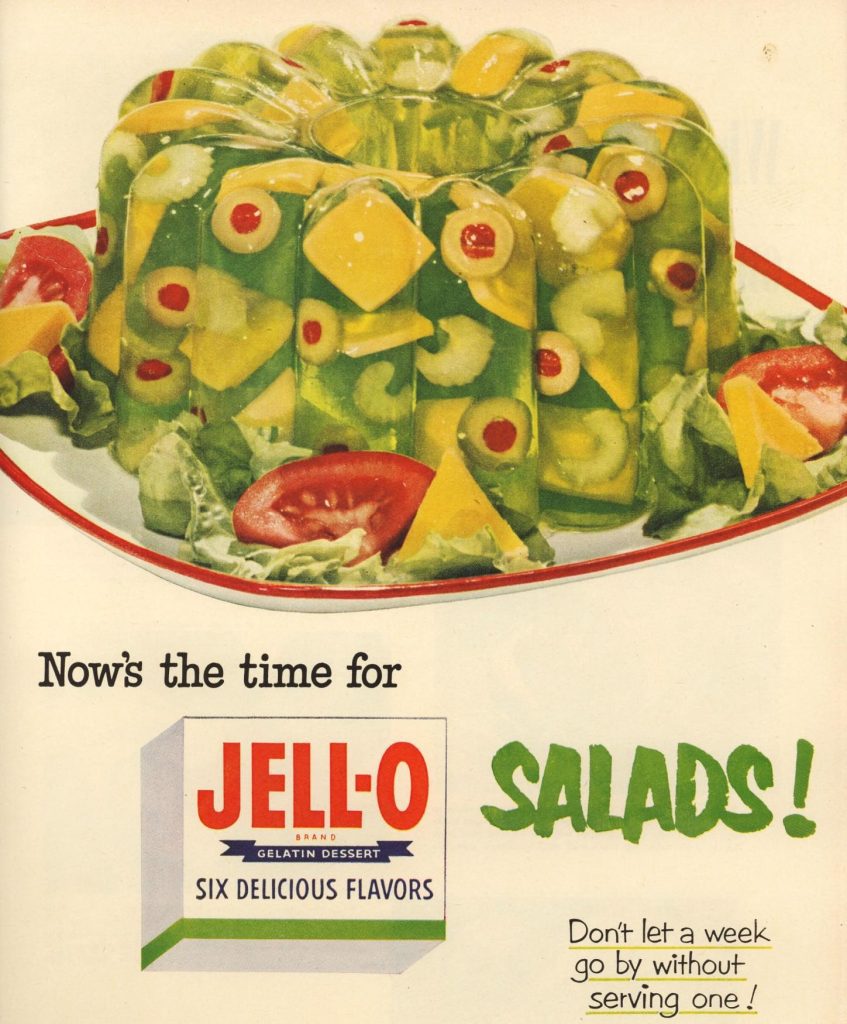
Back then, Jell-O molds were a huge thing. It also looked like it had a lot of backing. At one point, Jell-O was so popular that one magazine advertised a Jell-O flavor called the “Sequence Salad.” It was cauliflower with red peppers soaked in vinegar and molded in a Jell-O. No words.
Popsicle story
Some of the best things in life come unexpectedly. We all have experienced it, and it’s pure bliss. This statement would apply to everything in life, and even food. Talking about food, one of the best things that summer brings with it is popsicles.
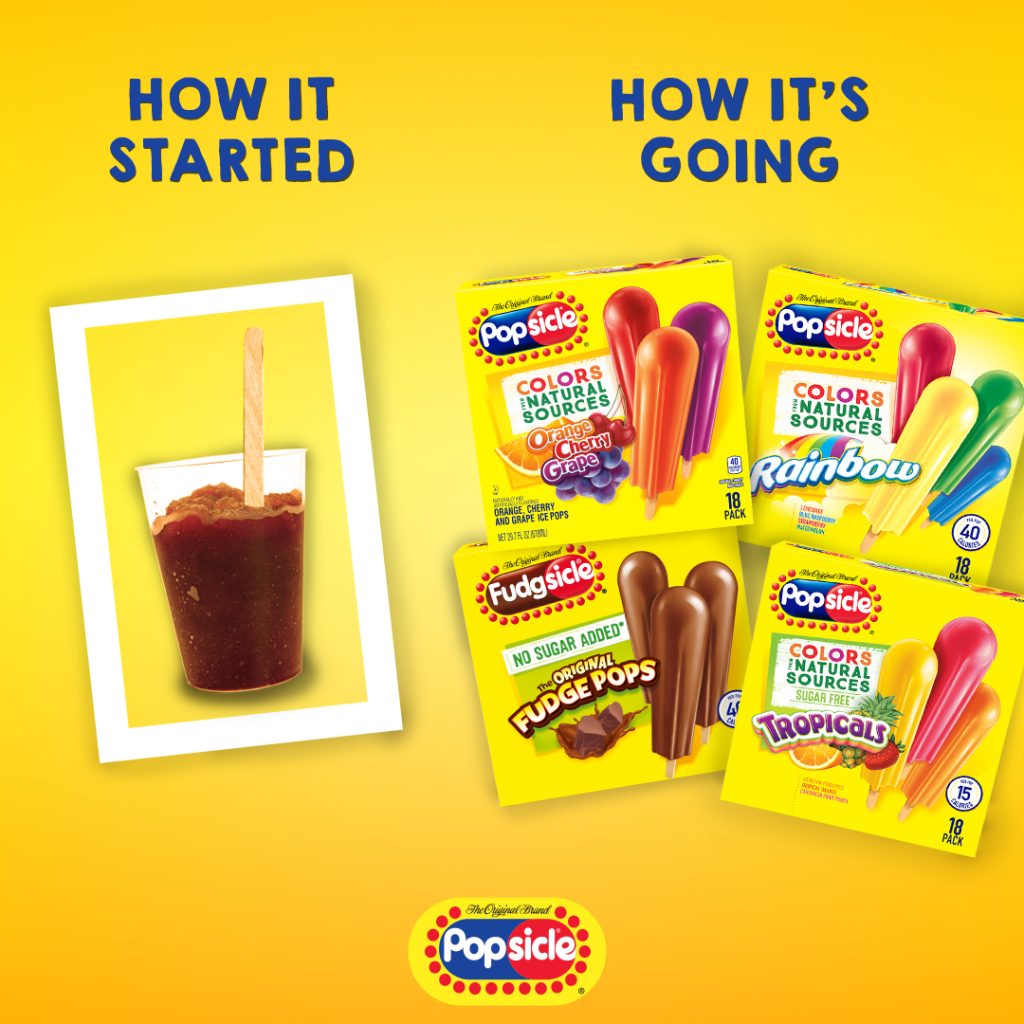
Believe it or not, this summer staple was invented by accident! When young Frank Epperson was playing outside, he forgot his glass of soda when he came home. The temperatures dropped, and the soda froze. It was a tasty treat for him, and he capitalized on it!
Accidental miracle
Americans can greatly relate to this one—if you have lived in Saint Louis, or even if you’ve met somebody who’s from there, you’d know that they can’t get enough of their gooey butter cakes. It’s a regional dessert that’s dearly loved.
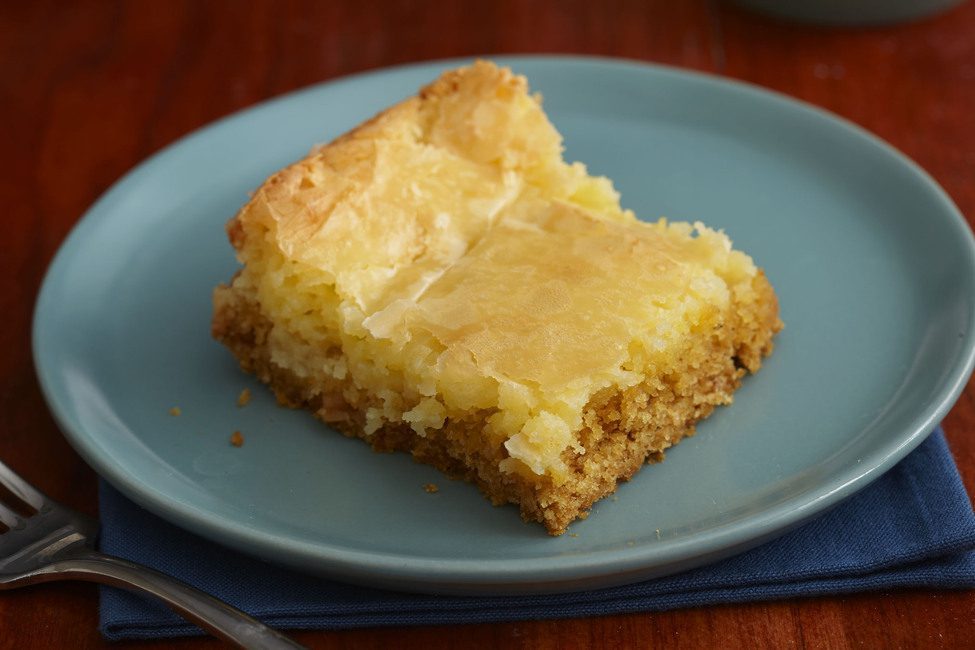
This delicious dessert is another case of a happy kitchen accident. Its origin dates back to the ’30s when a baker added too much butter to their coffee cake. After it came out of the oven, the cake was gooey, but it tasted amazing. So, it stayed!
Chocolate chip delights
When in the mood to eat something sweet, we all could use a warm and delicious Toll House chocolate chip cookie. It’s baked to perfection, it melts as soon as you put it in your mouth, and best of all, the kitchen smells amazing after baking it.

These cookies were accidentally born in 1930 when the lady who ran the Toll House Inn wanted to bake chocolate chip cookies. She ran out of some ingredients, so she used semi-sweet chocolate in her cookie dough. They didn’t melt like she wanted them to, and that was when these cookies were born.
Didn’t work out
Many fast-food restaurants over the world have come up with a lot of unique ideas for debuting new kinds of food recipes. In most cases, they originate from a trend or are based on a region. But sometimes, they fail, even if they come from McDonald’s.
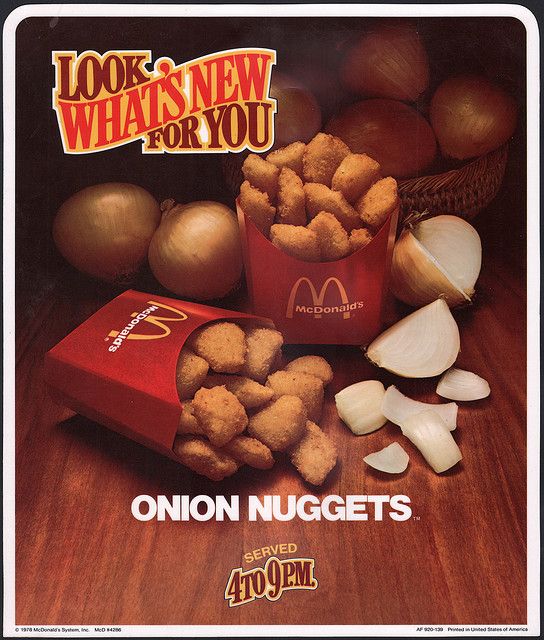
Not many of you might’ve heard of it, but in the ’70s, McDonald’s came out with their new onion nuggets. These were deep-fried nugget-size onion pieces, but they didn’t work out. We’re glad they didn’t because a few years later, they debuted the classic chicken nuggets!
Orange shade
When we think about where carrots come from, we’d often think about a batch of fresh orange veggies with green shoots. That’s true, and carrots are orange, but they didn’t always have that bright color. The credits for their orange shade go to some Dutch farmers from the 17th century.
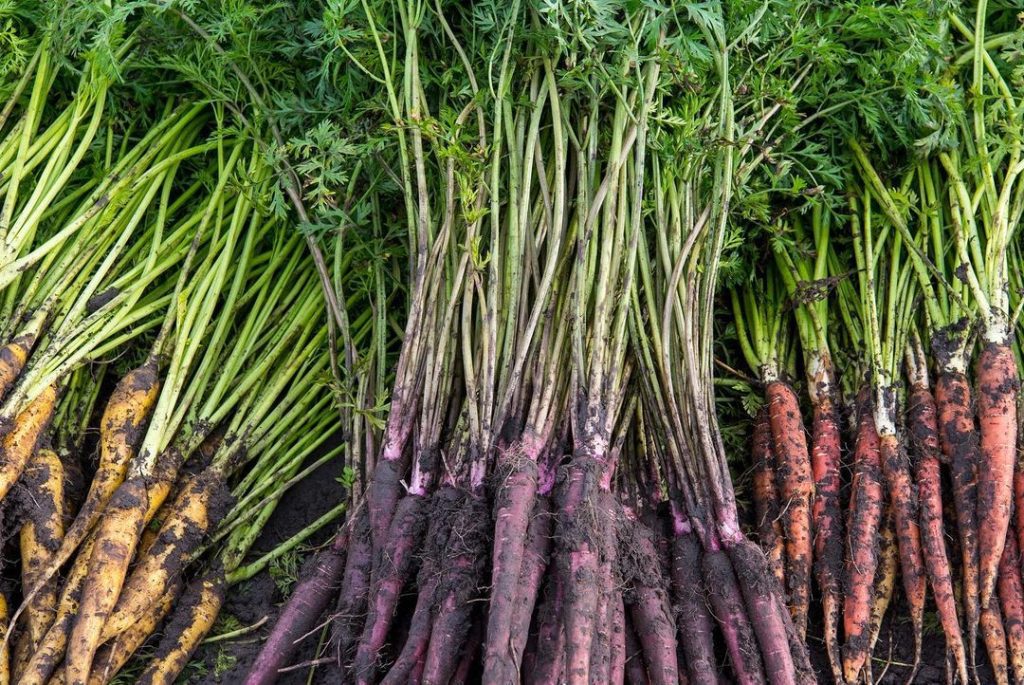
Before then, most carrots were purple. The aforementioned group of Dutch Farmers decided to create a new shade of carrot with a bright orange color because they loved the shade, and their royal house is also the House of Orange!
Bland crackers
Over the years, there have been many religious individuals who have expressed some fascinating approaches and interests in reducing the urge to seek, build and have a one-to-one connection with a person of the opposite sex. There’s one crazy story from that end as well.
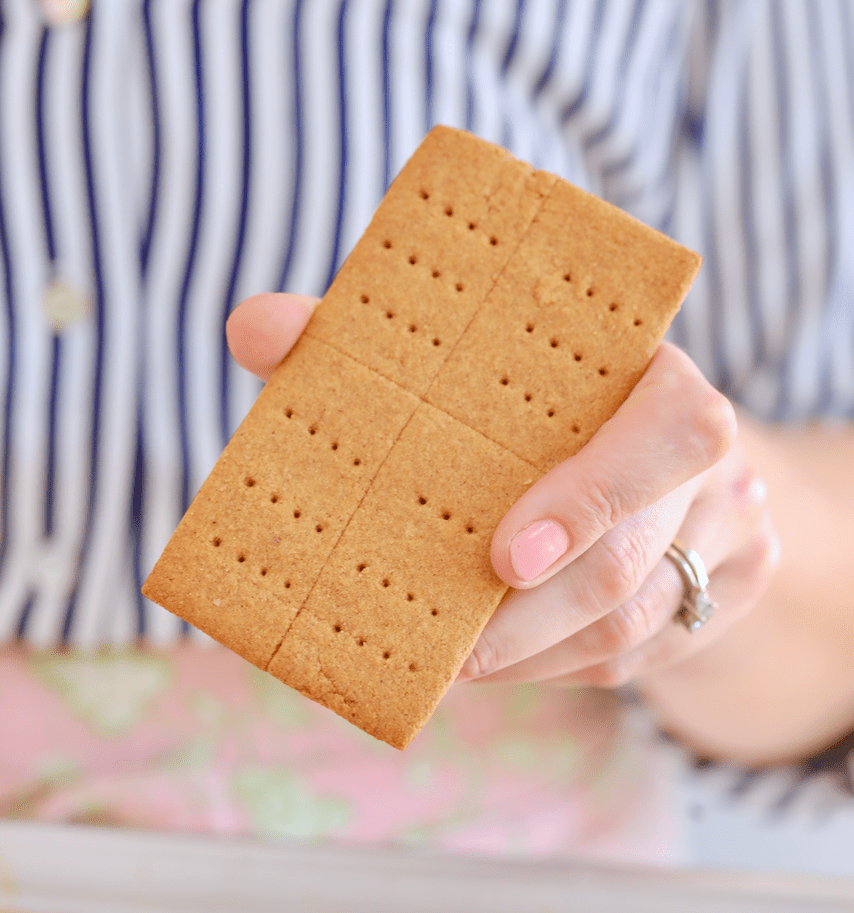
In the early 19th century, Connecticut resident Reverend Sylvester Graham preached to fellow churchgoers that if they wanted to get rid of these urges, they’d have to incorporate a bland diet. It all inspired the creation of the beloved graham cracker.
Pound-ful
The best way to end a summer party is with a lovely pound cake that has been topped with some whipped cream, and, of course, some fresh fruit! But today’s pound cakes are way different from the original recipe from 1795.

Firstly, the reason why it’s called pound cake is because when people took a look at the first recipe, each ingredient was measured out at a pound! That means it had one pound of butter, one pound of eggs, one pound of sugar, and so on. Pretty heavy, huh?
Turn of events
Not everybody knows this, but a lot of people collect Pez dispensers. However, those who collect these things certainly do not know that the candy house inside the collectibles wasn’t initially a kid-oriented treat. It was intended to be used as an anti-smoking mint.
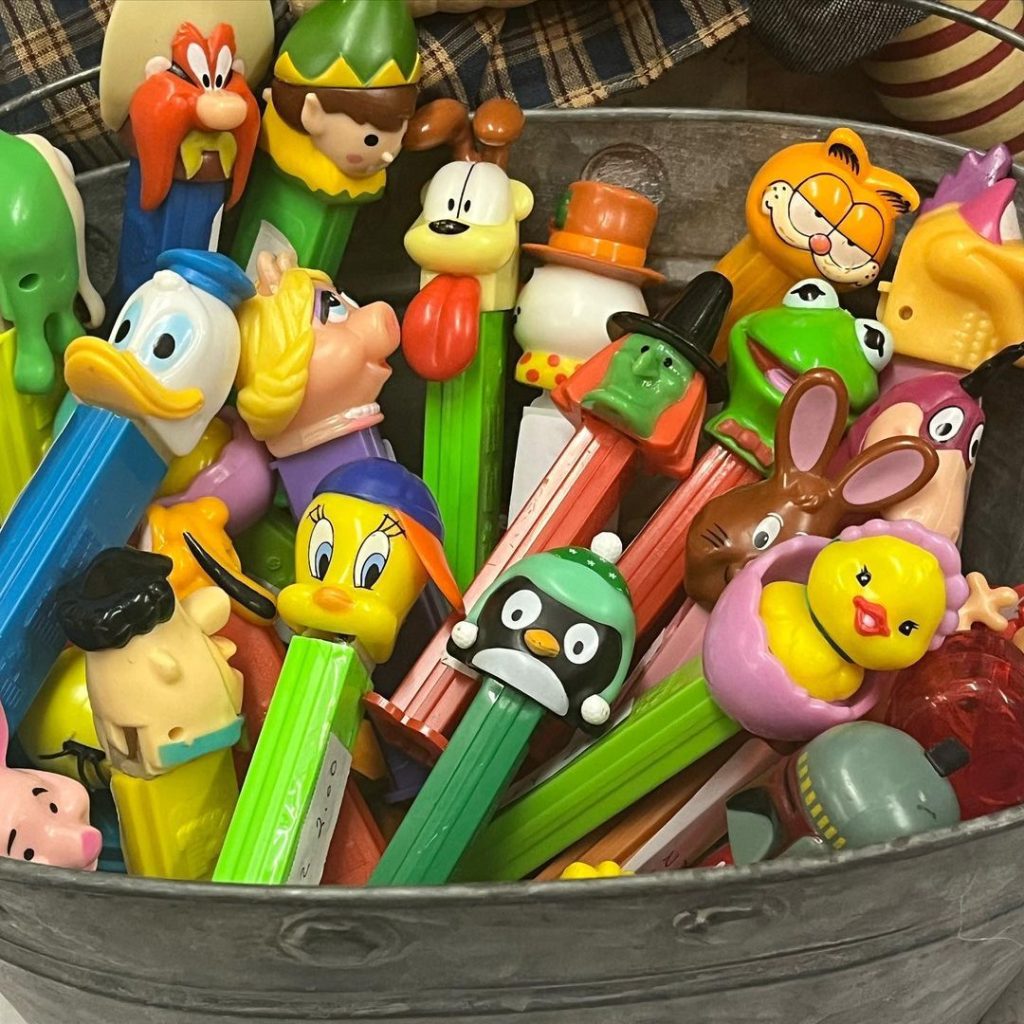
If you observe the name Pez, it’s short for the German version of the word peppermint. It was also the authentic flavor of the candy when it came out. In the ’20s, Pez was marketed as something you’d buy to quit smoking, but they later found a different target audience.
This calls for a celebration
In the early 1780s, there was an occasion for the US colonial citizens to celebrate. After the long-fought battle, the British finally decided to give up and evacuate North America. Since that called for a celebration, pastries were a must!

Next thing you know, the party that was thrown by General George Washington as a celebration of independence included carrot cakes! All the revolutionaries enjoyed a delicious slice of it. Even today, carrot cakes are a big part of celebrations.
Plant siblings
There are numerous plant species out there, and although they’re all different, they kind of have the same origin. If we were to give you an example, it’s three of the least favorite veggies and also probably the last three items you’d wanna see on your plate. Brussels sprouts, broccoli, and kale.
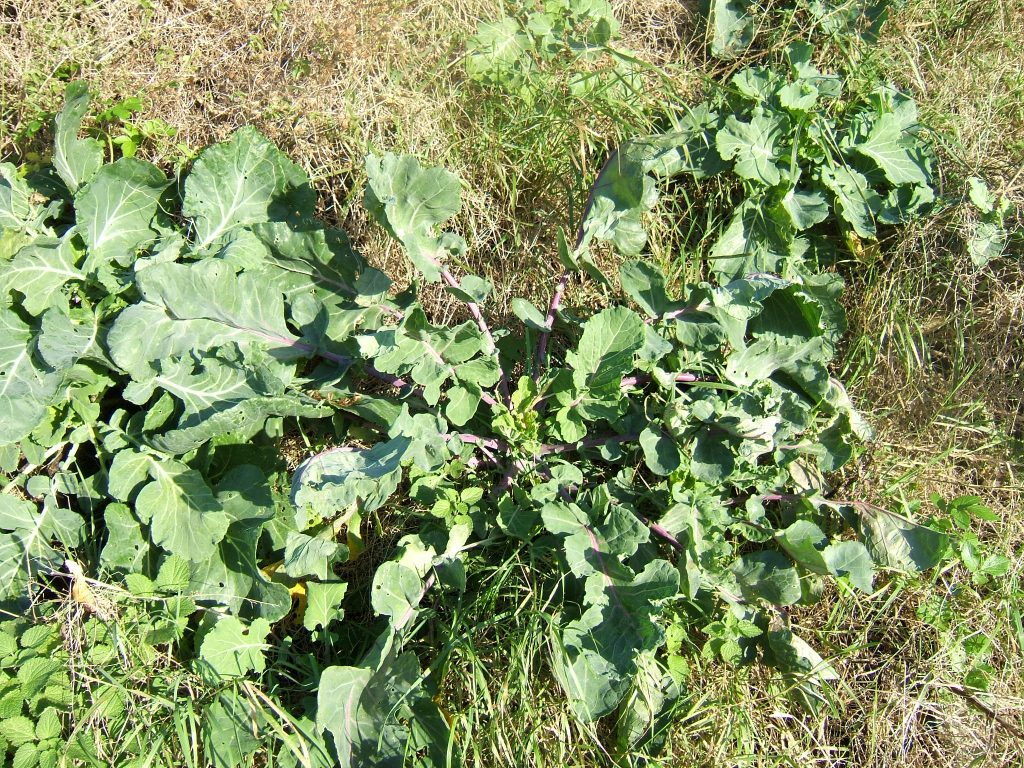
They’re all related. Even kohlrabi, cauliflower, and cabbage are from the same line. They all originate from a plant called Brassica oleracea. However, over the years, farmers have been successful in cultivating a wide variety of veggies from this single plant.
West coast cuisine
When we think about American food these days, west coast cuisine is probably the most famous option over there. But, most people know that west coast cuisine wasn’t the most popular option in the earlier days, as it only rose to popularity in the ’70s.
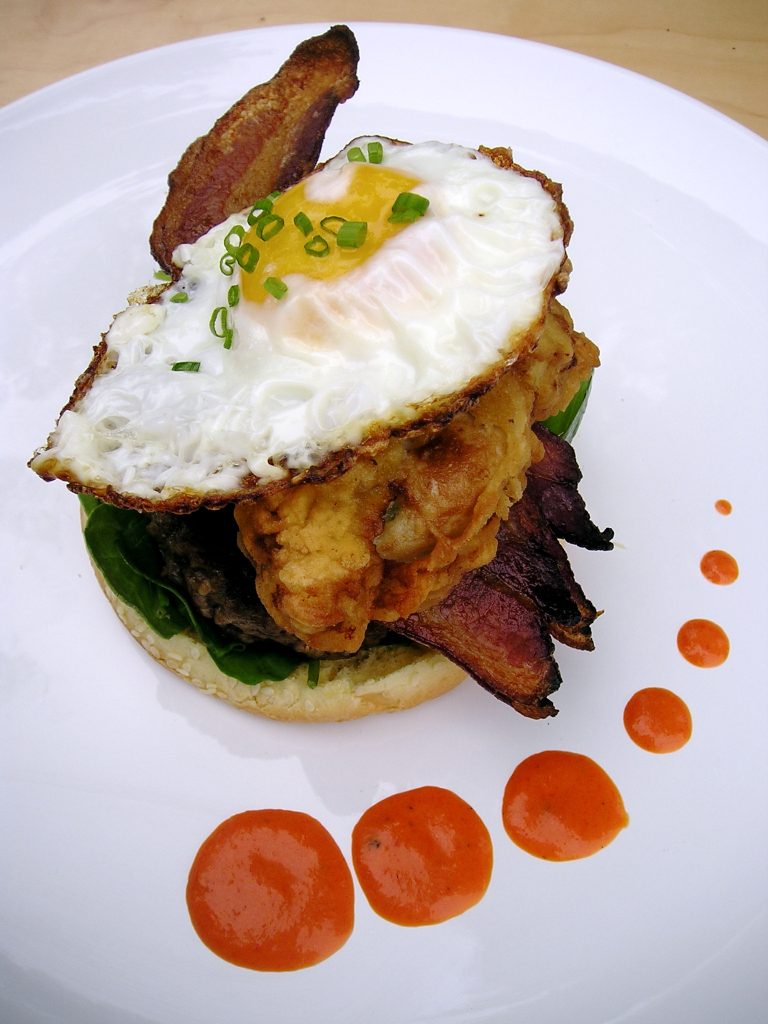
Also, the west coast dishes that we’re so fond of today originated from an entirely different cuisine. One example of a dish would be the Hangtown fry. If we look at its origin, it was first invented during the gold rush, and it just consisted of an omelet, oysters, and bacon.
Rhubarb By Candlelight
Rhubarb is something that you might not like at first, but later on, you’ll love it. If the taste doesn’t get your attention, maybe the harvesting method will. The process used to be carried out by candlelight, and the same process is still followed in certain areas.
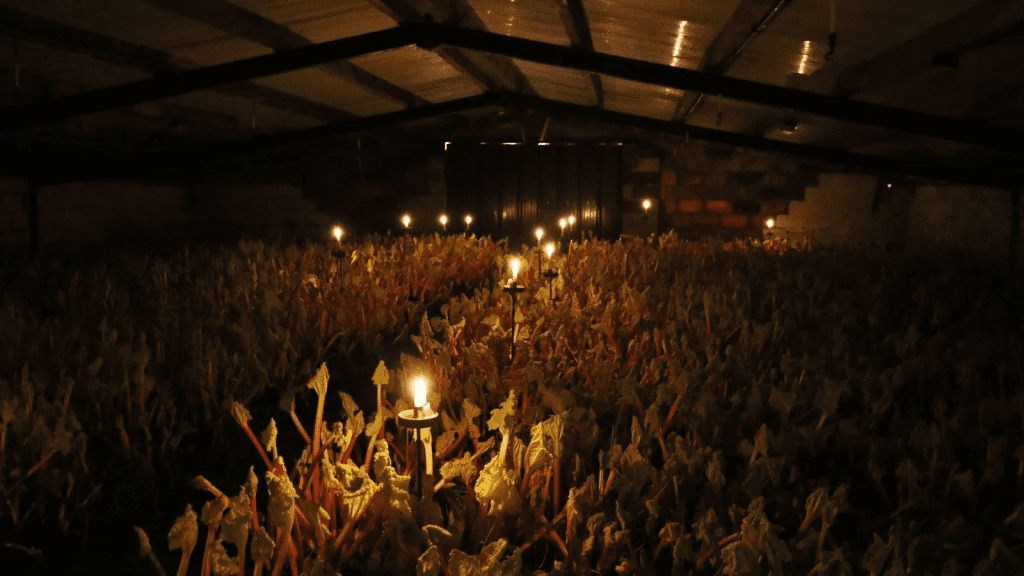
Here’s the logic behind it—if you want to grow rhubarb quickly, you have to deprive it of light, since that’ll make it grow faster. That’s why many people grow it in dark cellars. When it came time to harvest, the only way to see was by candlelight.
Diet trends
There are so many different types of diets for different types of bodies that we can’t even count them if we wanted to. It seems like, every day, there’s always a new diet fad popping up. They stay trendy for a while, and then they fade away. Here’s an interesting example.
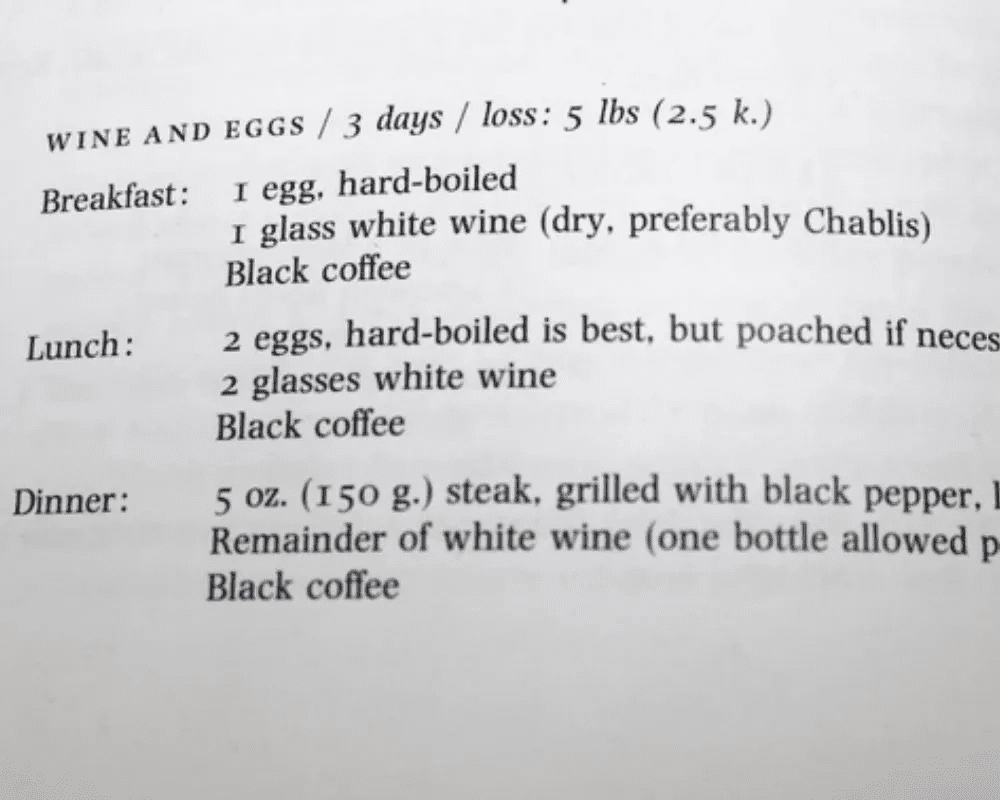
This three-day diet was released in the ’70s in Vogue magazine. All you can eat is eggs, white wine, steak, and black coffee, and the estimation was that you’d lose 5 lbs. We wonder who’d want to go through all that.
Stranded on the island
Back in the day, traveling used to be a huge task because you’d have to sail a lot. For you to go on a voyage, you’d also have to have a lot of supplies that would last you the whole trip. European explorers came up with a solution for this situation.
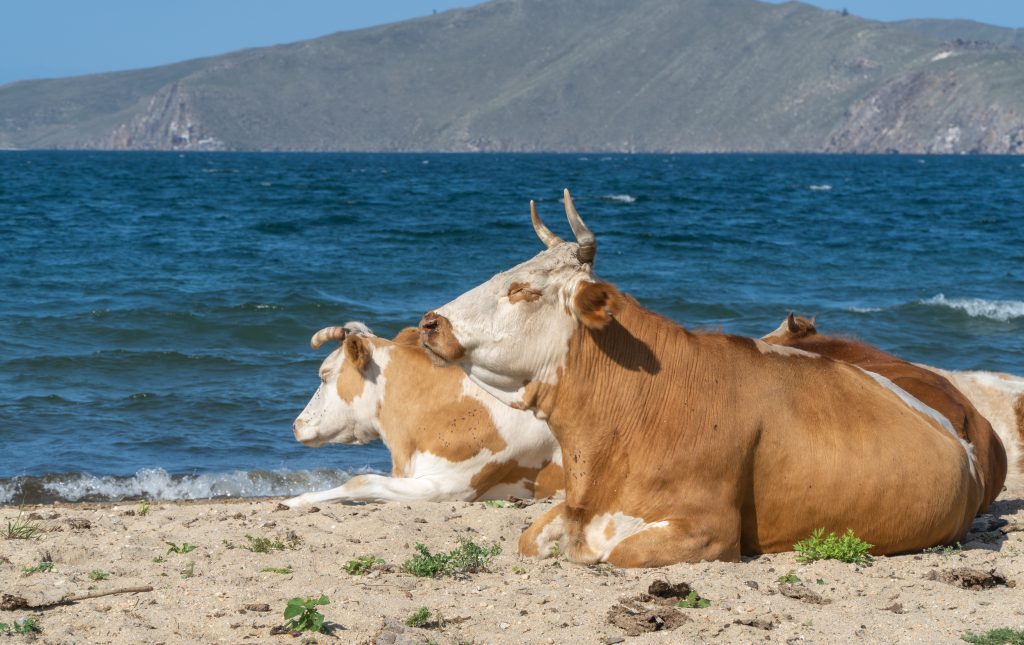
They started leaving things along the way to pick them up when they return. For instance, they’d leave their livestock on islands along their routes if they ever needed them. Since many times they weren’t picked up, it just led to islands being full of livestock that went wild over the years.
Loaf of bread
There is a loaf of sliced white bread in almost every household in the USA, because that’s a staple for all meals, be it breakfast, lunch, or dinner. That’s modern news though, because once upon a time, sliced bread was a banned item.
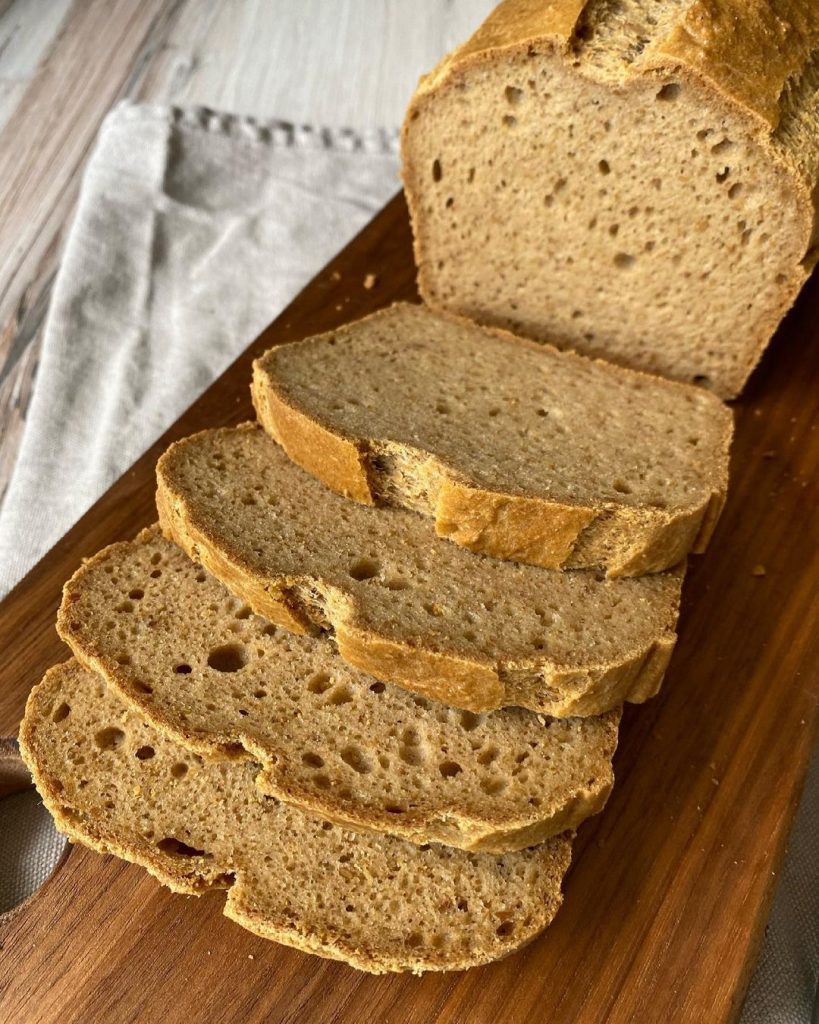
We’re talking about the year 1943 because that was when the US government put a ban on the sale of sliced bread. This step was taken to help save the wax paper industry and the bakers. But, as you all can see, that ban didn’t last long.
